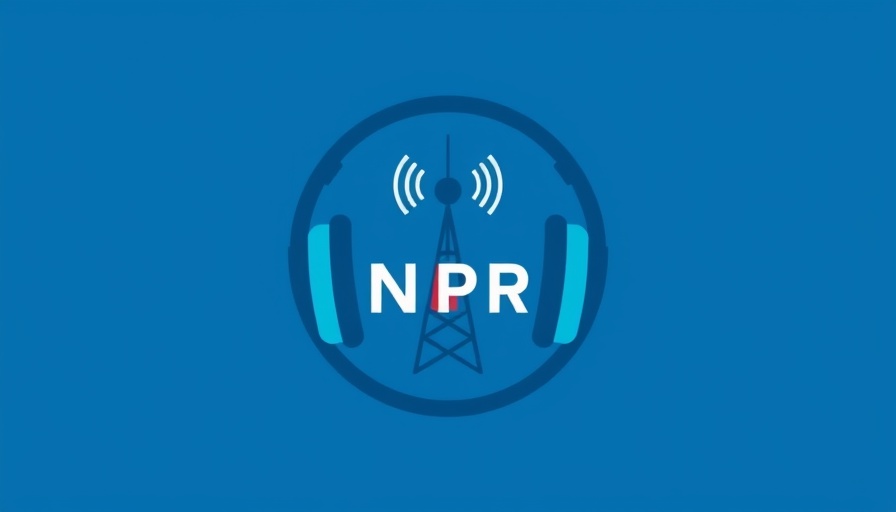
Fentanyl: America’s Emerging National Security Challenge
In a striking shift in focus from traditional national security threats, the Trump administration's intelligence team has recently classified fentanyl and the drug cartels smuggling it into the U.S. as top-tier threats to national security. This classification emerged in the wake of alarming statistics revealing that over 54,000 American lives were lost to synthetic opioid overdoses in just one year, with fentanyl leading the charge.
Understanding the Fentanyl Crisis
Fentanyl, a powerful synthetic opioid, has wreaked havoc across the United States since it began flooding the streets around 2012. The drug is often mixed with other substances, increasing its potency and risk of overdose. Within the last decade, fentanyl has surpassed traditional opioids like prescription pain medications and heroin, quickly becoming the deadliest opioid in America. The Centers for Disease Control and Prevention (CDC) reported approximately 84,000 fatalities during a recent 12-month period linked to overdoses involving fentanyl and other drugs.
Amplifying Threat Assessment: Domestic and International Dimensions
Director of National Intelligence, Tulsi Gabbard, emphasized during a Senate Intelligence hearing that the alarming rise in fentanyl use stems from illicit manufacturing and smuggling operations primarily conducted by Mexican drug cartels, who rely on industrial chemicals sourced from China. Senator Tom Cotton highlighted that this evolving narrative positions drug cartels and their international supply chains as the foremost threat to U.S. citizens, surpassing even the dangers posed by nation-state adversaries such as Iran or North Korea. This redirection of priorities underscores a significant evolution in how U.S. officials perceive and respond to drug abuse and trafficking.
Community Impact: The Human Toll
The implications of this growing crisis are felt deeply in communities across the country. Beyond the staggering number of lives lost, families are torn apart, while local economies are strained by the fallout from addiction. Law enforcement agencies, public health officials, and community organizations grapple with the challenge of addressing the epidemic's roots, which extend into socioeconomic disparities, mental health crises, and inadequate access to healthcare.
Political Ramifications: Navigating Public Health and Safety
This new assessment comes amid significant political scrutiny and debate. The attention given to drug cartels signifies a shift that aligns with public sentiment regarding crime and safety, especially in areas impacted by high rates of overdose deaths. Critics argue that focusing solely on drug interdiction and cartel disruption may overlook the need for comprehensive treatment options and preventative measures for addiction recovery.
Public Health vs. National Security: A Delicate Balance
The evolving narrative surrounding fentanyl highlights the intersection of public health and national security. As the stakes escalate, officials must collaborate effectively, balancing the need for immediate law enforcement action with long-term strategies for addiction treatment and prevention. Approaches such as increasing access to mental health services, educating communities about substance abuse, and investing in rehabilitation could mitigate the opioid crisis while supporting national safety initiatives.
Looking Ahead: Predictions and Proactive Strategies
As the U.S. grapples with this dual threat, experts predict that a more integrated response will emerge in the coming years. Policymakers are increasingly called to pursue solutions that address both the supply-side efforts to disrupt drug trafficking networks and the demand-side strategies focused on treatment and recovery. This holistic view could pave the way for innovations in health policy and law enforcement approaches.
How Businesses Can Engage in the Fight Against Fentanyl
For business professionals, particularly those in sectors influenced by public health and community services, there is untapped potential to contribute positively. Companies can invest in local programs that focus on education and prevention, facilitating wellness initiatives that emphasize mental health resources for employees and their families. Moreover, corporations can advocate for policies supporting comprehensive treatment solutions and promote community engagement that addresses the broader implications of the drug crisis.
Conclusion: A Call to Action
As fentanyl remains a critical issue facing the United States, it is imperative for business leaders, policymakers, and community members to remain informed and proactive. Supporting initiatives aimed at combating drug abuse not only contributes to public safety but also nurtures a healthier workforce. Engage with local partnerships and advocate for change within your communities to make a difference.
 Add Row
Add Row  Add
Add 




 Add Row
Add Row  Add
Add 

Write A Comment